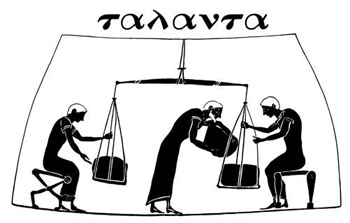
Photo from archive.org
The wine industry requires reliable methods for the quantification of phenolic compounds during the winemaking process. Infrared spectroscopy appears as a suitable technique for process control and monitoring. The ability… Click to show full abstract
The wine industry requires reliable methods for the quantification of phenolic compounds during the winemaking process. Infrared spectroscopy appears as a suitable technique for process control and monitoring. The ability of Fourier transform near infrared (FT-NIR), attenuated total reflectance mid infrared (ATR-MIR) and Fourier transform infrared (FT-IR) spectroscopies to predict compositional phenolic levels during red wine fermentation and aging was investigated. Prediction models containing a large number of samples collected over two vintages from several industrial fermenting tanks as well as wine samples covering a varying number of vintages were validated. FT-NIR appeared as the most accurate technique to predict the phenolic content. Although slightly less accurate models were observed, ATR-MIR and FT-IR can also be used for the prediction of the majority of phenolic measurements. Additionally, the slope and intercept test indicated a systematic error for the three spectroscopies which seems to be slightly more pronounced for HPLC generated phenolics data than for the spectrophotometric parameters. However, the results also showed that the predictions made with the three instruments are statistically comparable. The robustness of the prediction models was also investigated and discussed.
Journal Title: Talanta
Year Published: 2018
Link to full text (if available)
Share on Social Media: Sign Up to like & get
recommendations!